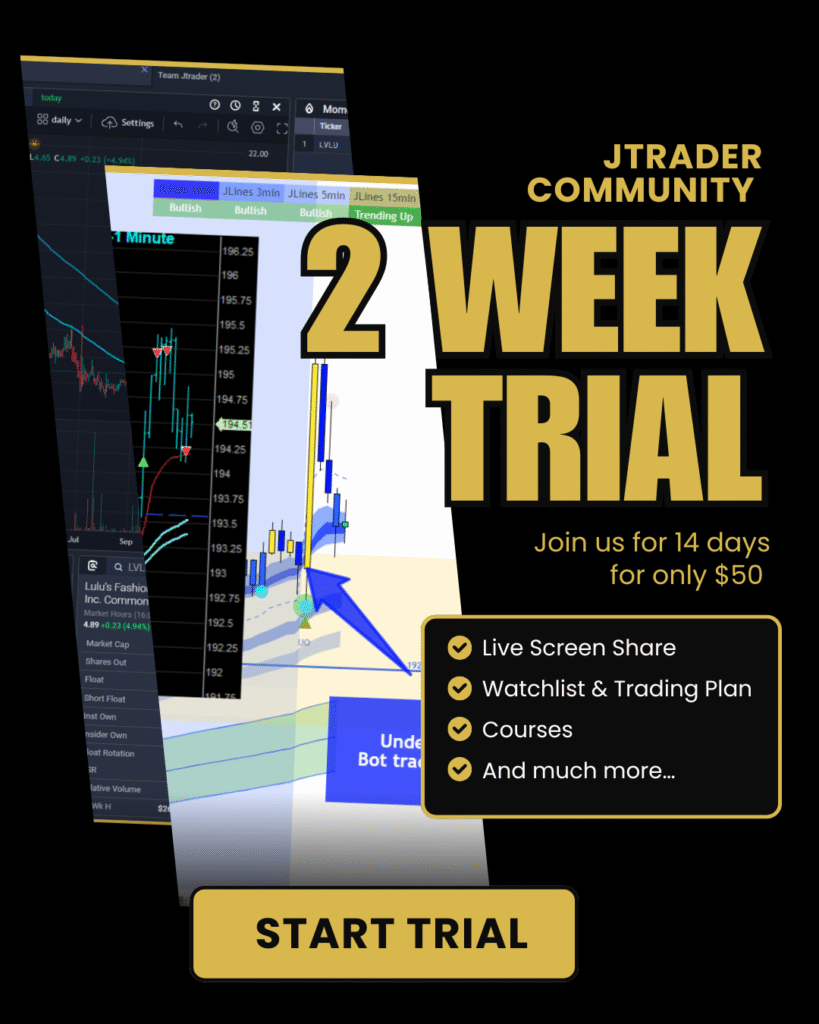Risk management is one of key factors in trading. You can have a successful system but without proper management risk you will end up negative.
There are some key points to take into consideration about risk management:
-plan the trade ahead. Before entering a trade you must have a plan. This involves having a entry price, a take profit price and a stop loss price. You have to measure your risk simply by doing a ratio between risk and reward, between stop loss and take profit. Is this to your advantage ? Are you risking less then your possible win?
Many traders will have ratio 1:2 or 1:3 which basically means they are risking 1 to make 2 or 3. In order to being profitable ( considering an average system of 50% of profitability) you need a 1:2 risk reward. This is true but there is always something traders don t keep into consideration which is adding/scaling. Therefore each add will have its own stop loss and its own take profit level.
-discipline with stop loss. One of the worst errors traders do ( sometimes me as well, does not matter on what level of trading you are, because disciplines gets everyone) is not having discipline, not cutting your losses at your pre-decided stop loss level and making your losses escalate. This error can be fatal in your trading. Many of you (at different trading levels) will find yourself in this. The biggest stubbornness you will have it after a long streak of green days when your super ego and your euphoria will lead your brain. We are fighting our nature, so how to cure this:
A)having a broker preset max stop pnl risk. You can set with your broker a maximum stop loss of pnl for the day. This will allow to save your capital once you will be stubborn and fight the market.
B)may look simple but simply use a stop loss, place it when you are entering the trade ( this allows you to have a plan and predetermined risk). Many of you( same here) use mental stop losses and it will happen sometimes that in certain situations your will give more wiggle room. This can lead to destruction. Save your bank account always using a set stop loss.
Getting back to risk management we still didn’t talk about where to place your stop loss and your take profit. Traders in different markets from forex, futures, equities use different parameters for this:
-moving averages. Many traders look at 50 200 simple or exponential moving averages, these are known as institutional moving averages because institutionals and big sharks look at these for big plays.
Tip: for each stock/ currency/ future look which moving average works better. This is only done by manually looking at charts and spending hours in your testing.
-support and resistance. Often you will see that support and resistance of prior days/weeks will act as a place where price will stop or bounce or reject. Often these places are an important level where to take profit or where to place your stop loss level.
You will find out often that for example once a key support is broken, bagholders above of that level will start to sell and trigger their stop losses (panic selling) in order to get out of the stock quickly ( this is also when short sellers will take advantage of the situation ).
-pivots and Fibonacci retracement. Many of traders don’t know the value of these 2 tools: in trading expanding your niche means also to start tracking things out of your ordinary, to test and add stuff to your arsenal when this will prove to be effective for your trading.
-volume and tape. Nobody talks about it but this is one of the key elements that I look at. You cannot simply look at the chart only but starring at tape/orders and L2 will give you that edge you may need to see the change ( shift between supply and demand).
Often you will look at a support with a huge soak on the bid by a hidden buyer and then seeing the price bounce all the way up. Other times you will see a run and bids on tape just coming off, losing their speed in momentum and coming to the ‘turning point’ where they will exaust and start dumping realizing the move is over.
Having an ‘ eye for price action/ volume and tape takes years. Many guys simply think being part of a room 2 months will be enough to learn this. Trading is so hard. Wake up
It takes years that s why experience can t be bought but made on market daily.
https://jtrader.co/wp-content/uploads/2022/07/penny-stocks-trading-1.jpg


